Here’s what you might not know about California’s dairy farms. They:
- Fill up one of every five glasses of milk (20%) consumed in the U.S.
- Produce over $9 billion in revenue and 30,000 on-farm jobs annually – benefitting regions of California suffering from high unemployment and poverty.
- Generate over 150 million pounds of manure daily. While a prolific provider of natural fertilizer, cow waste can also contribute to groundwater pollution if not managed properly.
- Account for about 6% of all greenhouse gas emissions in the state.
These big numbers tell a story of the environmental challenges that come along with this rich source of nourishment. They also reveal fertile ground for environmental solutions that can keep our Golden State feeding, and leading, the nation.
For nearly two decades, Sustainable Conservation has worked hand in hand with dairy farmers, industry groups, and government agencies to address water, air, and climate issues that impact community health. We test technologies, facilitate collaborations, and inform statewide policies to solve these problems on California soil – instead of exporting them to other states.
Thanks to your contributions, we connect dairy producers with techniques for transforming cow manure from a contaminant to a valuable resource. Putting manure to good use means communities have cleaner drinking water, healthier soil, and better air quality.
2018 progress your support made possible
You helped us guide California in reducing harmful methane emissions – 55% of which come from our state’s dairies. From 2000 onward, Sustainable Conservation helped lay the groundwork for dairy digesters, which convert cow manure into renewable energy and prevent damaging greenhouse gases from reaching the atmosphere. In 2018, California got serious about reducing methane (which is 25 times more potent than CO2) from dairies, and put a strategy and funding in place to encourage more methane digesters and other methane-reducing practices. Based on our history, we were invited to co-chair a state alliance to identify, and affix incentives to, the most promising non-digester methods for meeting this goal. Our final recommendations, presented to the heads of multiple state agencies, are informing how California implements policies and programs to bring down dairy methane emissions.
You helped us demonstrate a unique system for managing dairy manure that protects water quality. In 2018, we partnered with three San Joaquin Valley dairies and leading irrigation company Netafim USA to scale our successful pilot project that uses a mixture of manure and water in underground drip irrigation.* This water-efficient technology targets manure nutrients directly to crop root zones to avoid applying more fertilizer than the plants need to flourish. With this system, dairy producers can make the best use of their limited water supplies, and the natural fertilizer their cows already produce. Growing crops to feed dairy cows in this way supports clean, plentiful groundwater.
If our pioneering system is adopted on all corn silage acreage (meaning land that grows feed for cows) in California, dairies would save water equivalent to what nearly a half-million Golden State households use over the course of one year. They would also reduce greenhouse gas emissions by the carbon footprint of around 25,000 people. And that’s in addition to water quality improvements thanks to reductions in nitrogen use. Translation: readily available clean water and air, and lessened climate change impacts, add up to huge wins for human health in dairy-adjacent communities.
You helped us grow as California’s top conservation organization working on dairy issues. In December 2018, the sold-out, inaugural California Dairy Sustainability Summit tapped our expertise in moving the needle on Golden State dairy sustainability. Farmers, trade groups, state agencies, academics, and Sustainable Conservation staff gathered in Sacramento to discuss critical issues like saving water, protecting water and air quality, boosting renewable energy, and reducing emissions. The best way forward? Partnerships that throw the net wide for inclusion – an approach Sustainable Conservation has pioneered for a long time.
The carbon footprint of a glass of milk produced in the U.S. is 66% smaller today than it was 70 years ago. But, for the industry to continue leading in environmental performance while producing the myriad dairy products we all love, it’s going to take everyone rolling up their sleeves and doing their part – especially when it comes to water quality. As we’ve done for nearly 20 years, Sustainable Conservation will be there every step of the way.
Water-Smart Dairy: Farmers Conserve and Protect Water Using Precision Technologies
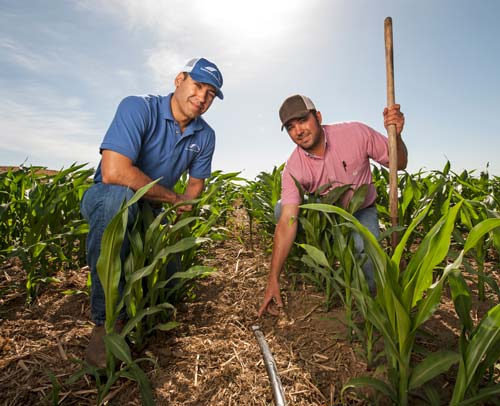
“‘We’re demonstrating that subsurface drip irrigation can be used across the Central Valley to save water, better protect groundwater, and boost crop yields,’ said John Cardoza, Senior Project Manager for Sustainable Conservation. ‘Dairy farmers [are] very interested in implementing this type of farming practice.’”
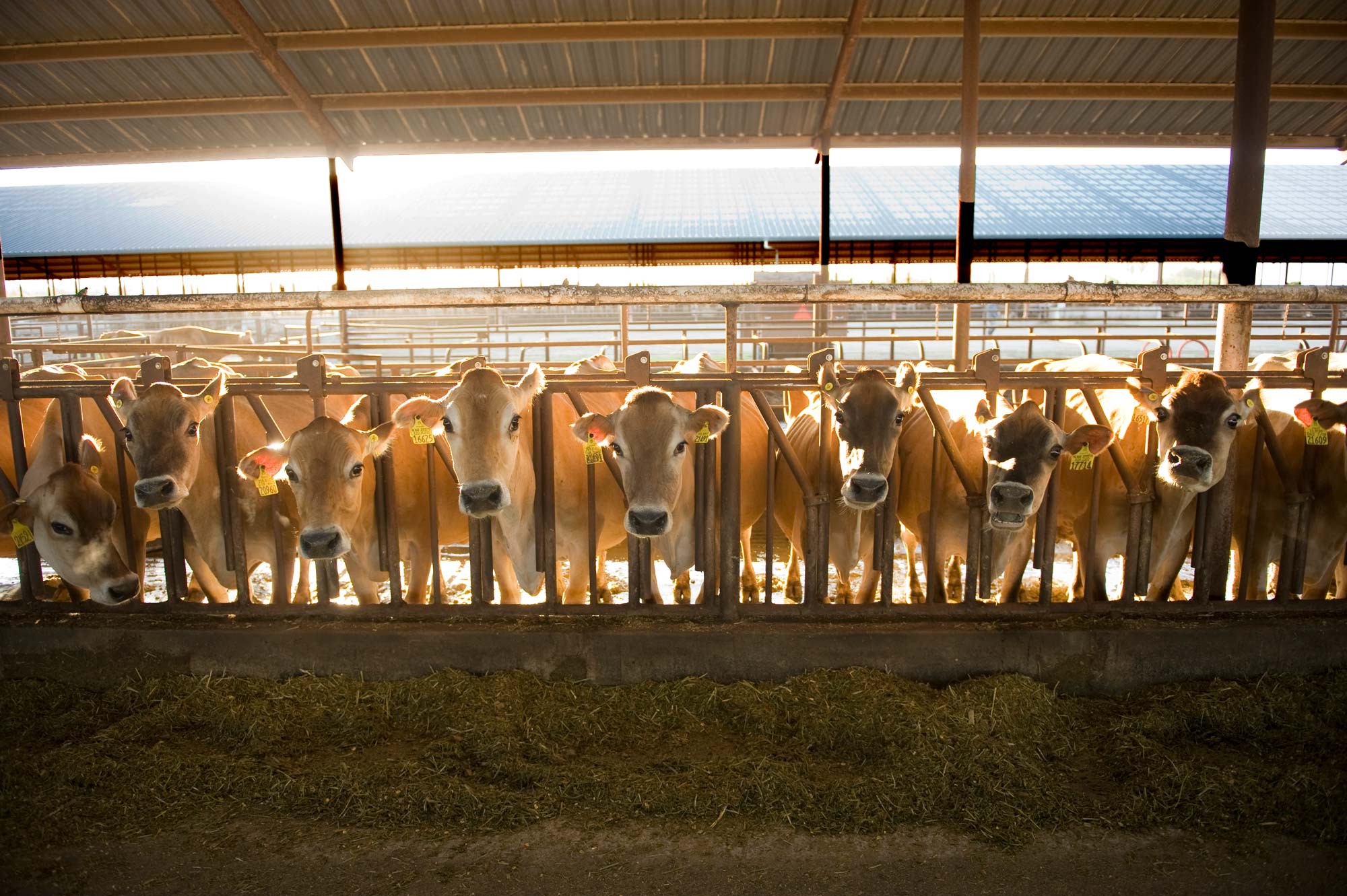
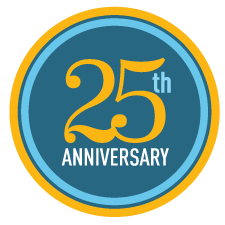
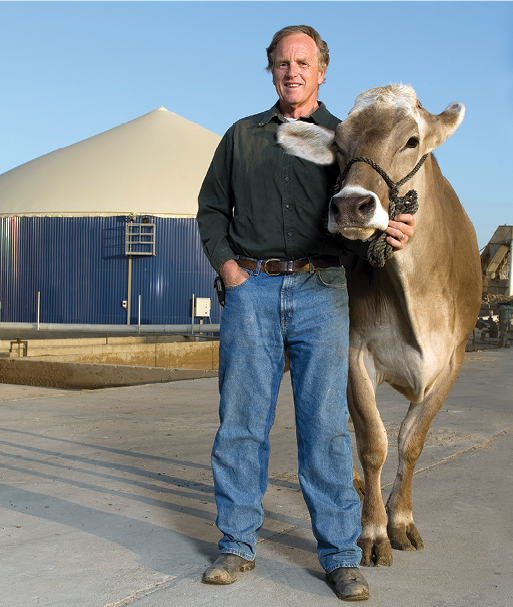 Launch partnership with California’s dairy industry to promote methane digesters, which convert cow manure into renewable energy and prevent harmful greenhouse gases from reaching the atmosphere.
Launch partnership with California’s dairy industry to promote methane digesters, which convert cow manure into renewable energy and prevent harmful greenhouse gases from reaching the atmosphere.
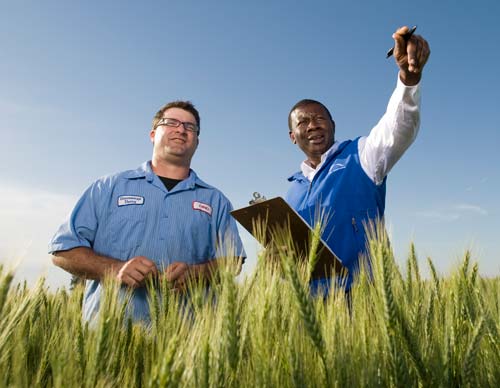 Partner with UC Cooperative Extension and California Ag Solutions to
Partner with UC Cooperative Extension and California Ag Solutions to 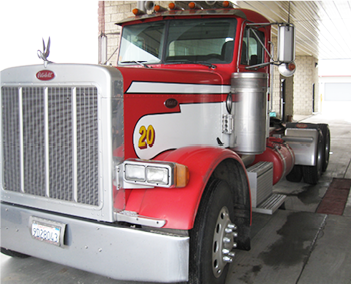 Help develop the nation’s first zero-emission, cow-powered (biogas) truck.
Help develop the nation’s first zero-emission, cow-powered (biogas) truck.
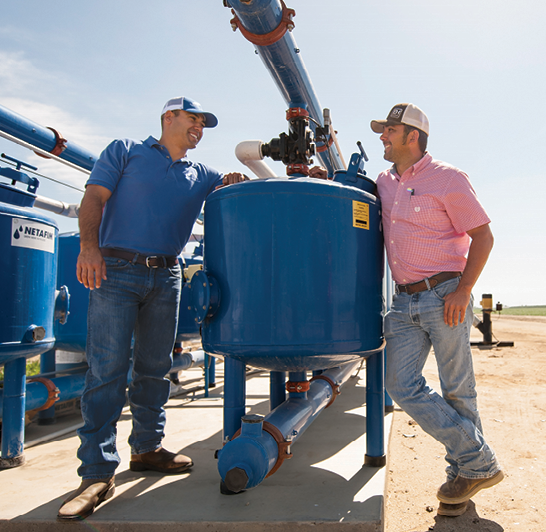 Partner with Netafim USA and De Jager Farms in the San Joaquin Valley to pilot a water-saving irrigation system that helps transform dairy waste into valuable fertilizer. Encouraging returns include growing 15% more crop with 50% less water.
Partner with Netafim USA and De Jager Farms in the San Joaquin Valley to pilot a water-saving irrigation system that helps transform dairy waste into valuable fertilizer. Encouraging returns include growing 15% more crop with 50% less water.
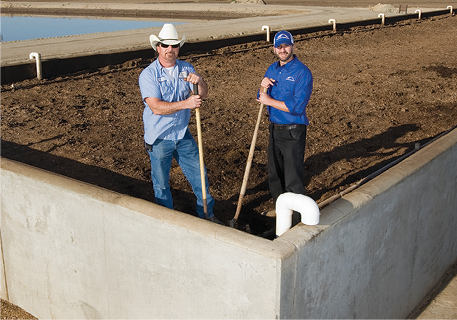 Partner with BioFiltro USA to demonstrate the promise of a worm-based wastewater treatment system to help
Partner with BioFiltro USA to demonstrate the promise of a worm-based wastewater treatment system to help 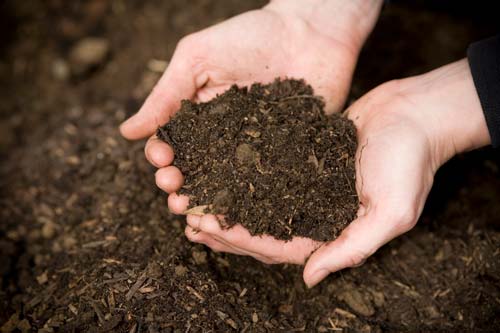 Publish our
Publish our